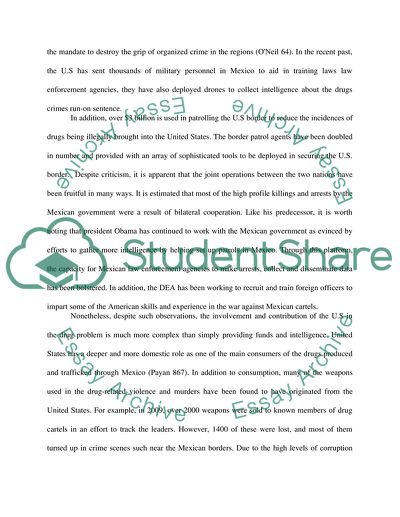Cite this document
(“United States and Mexico's Collaboration Against Mexican Drug Cartels Essay”, n.d.)
United States and Mexico's Collaboration Against Mexican Drug Cartels Essay. Retrieved from https://studentshare.org/social-science/1666005-whatever-the-writer-think
United States and Mexico's Collaboration Against Mexican Drug Cartels Essay. Retrieved from https://studentshare.org/social-science/1666005-whatever-the-writer-think
(United States and Mexico'S Collaboration Against Mexican Drug Cartels Essay)
United States and Mexico'S Collaboration Against Mexican Drug Cartels Essay. https://studentshare.org/social-science/1666005-whatever-the-writer-think.
United States and Mexico'S Collaboration Against Mexican Drug Cartels Essay. https://studentshare.org/social-science/1666005-whatever-the-writer-think.
“United States and Mexico'S Collaboration Against Mexican Drug Cartels Essay”, n.d. https://studentshare.org/social-science/1666005-whatever-the-writer-think.


